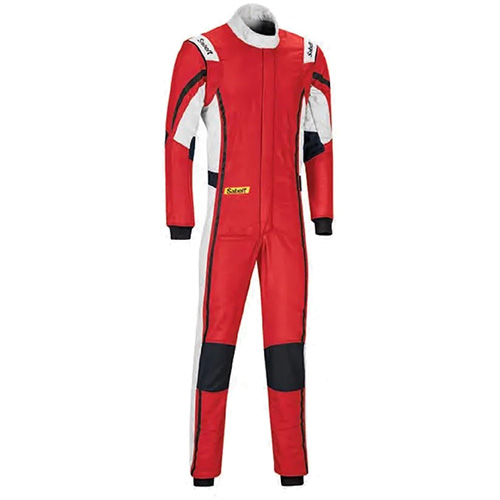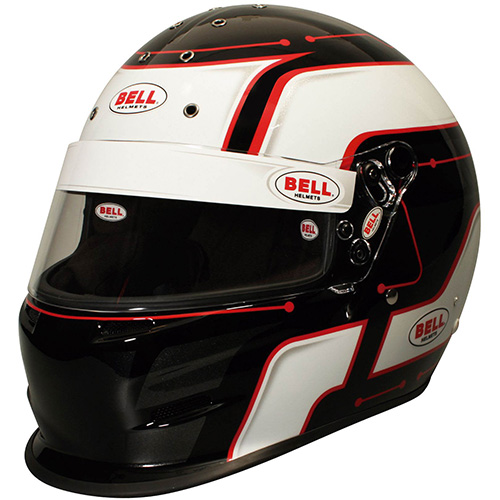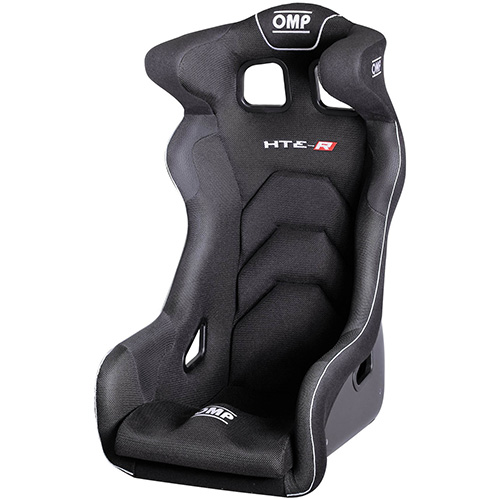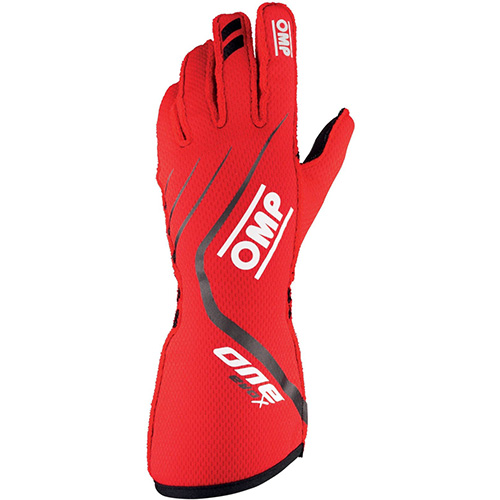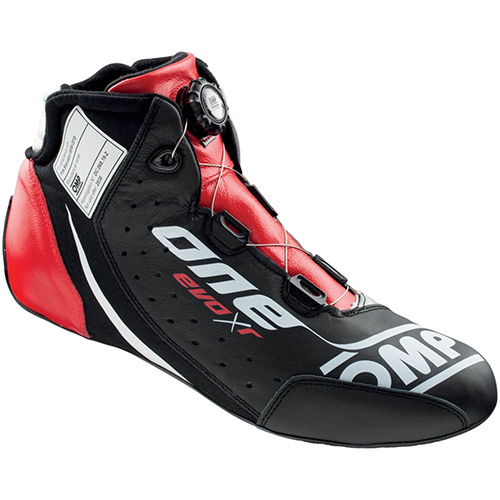Comparison Test: 2012 Fiat 500 Sport vs. 2011 Mini Cooper
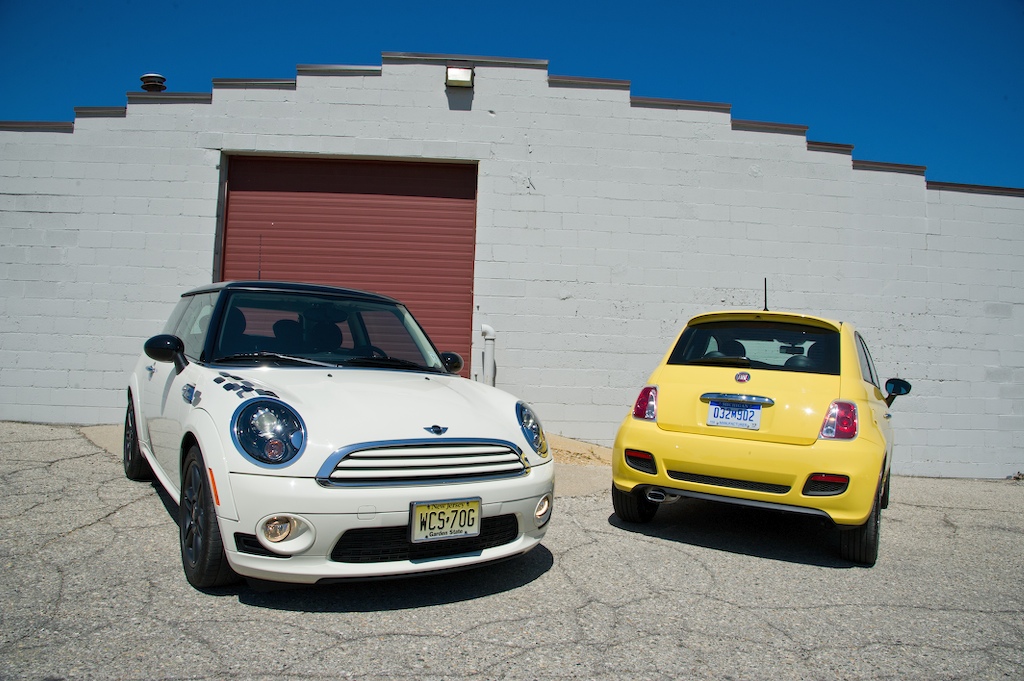
(photo credit: Chris Amos)
—Ann Arbor, MI
When we reported our first drive experience with the 2012 Fiat 500 back in February, the response we got to the review was remarkable. Hundreds of you felt moved to write comments directed at our assessment of the car, about the history and future of Fiat in America, and in response to one another. A massive number of you also questioned, both with genuine curiosity and with already-entrenched bias, how the 500 would stack up in a head-to-head duel with the Mini Cooper.
Of course, we asked the same question immediately, too, as did basically every other motoring journalist, as did the Fiat USA folks. And while Fiat was good enough to bring us a couple of 2010 Mini Coopers to drive for the sake of comparison during that first test, we didn’t get close to enough seat time to draw any real conclusions. Now, with a spanking new 2011 Mini to properly represent the British brand, and a perfectly optioned 500 Sport to stand up for the Italian newcomer, it’s game on.
Just The Facts
First let’s talk, realistically, about the price of these two. (We should note that we’re working from the Mini-supplied window sticker for the Cooper, which varies slightly from the pricing you’d find today, June 28, 2011, on the Mini consumer website.) The Fiat starts at an MSRP of $17,500, with our example adding the optional auto temperature control, a power sunroof, and destination for a total of $19,000. Since the temp control and sunroof are basically meaningless in this test, and most of the important bits are included in the Sport trim, we’ll give the Fiat a working price of $18,000. Following the same rules with the Mini we end up with a price of $21,100: $19,400 MSRP, plus $1000 for the sport package and its wheels, sport seats, and traction control, and $700 for destination. That’s a “real important stuff” price difference of $3100 in favor of the Fiat. (Our test Mini offered quite a few “not important” options, too, but the less said about things like the $250 “Mini Yours Tattoo, Funky” the better.)
Of course, the three grand extra you pay for the Mini doesn’t come without tangible benefit either. The Cooper’s 1.6-liter four is slightly bigger than the Fiat’s 1.4-liter, makes more power (121 versus 101 horsepower), and makes more torque (114 versus 98 pound-feet). And even though the Mini is a few hundred pounds heavier, its greater power means it only needs move 20.95 pounds per horsepower offered, against 23.40 pounds per horsepower for the 500.
If that weight/power ratio seems pretty close to you (it is), consider also that the Mini Cooper has a six-speed manual transmission with which to work, while the Italians will only give us five speeds to row through.
More boring, but important, comparative data for the pair: the Cinquecento has got mildly better fuel economy figures at 30/38 mpg city/highway (29/37 for Mini), but the Cooper has got a better overall highway range (488 versus 399 miles) thanks to a gas tank that’s about three gallons more voluminous. The Mini has a smaller cargo area with the rear seats up (5.7 versus 9.5 cubic feet), but the Mini’s interior volume is larger overall. The “British” Mini is a pastiche of European parts and labor, with an engine from France, a transmission from Germany (and German corporate owners in BMW), and final assembly taking place in the United Kingdom. Meanwhile the “Italian” Fiat gets its engine and trans from its home country, while many parts are sourced in Mexico and the US—final assembly of North American 500s takes place in Mexico, too. No matter where they’re built, both companies stand behind their products in a similar fashion: both Fiat and Mini offer basic warranties of 4 years/50,000 miles, and roadside assistance programs for 4 years and unlimited miles.
Driving, Finally
You’ll forgive us for going on longer than normal before getting to the good stuff—we just read so many wrong/ill-informed comments about the basic facts concerning these cars that we felt the need to get the tale of the tape sorted out properly. But, of course, the real measure of the cars is found behind their respective steering wheels.
In fact, the steering experience is the first area in which the Mini and the Fiat massively diverge. One might correctly suspect that both of these lightweight, short-wheelbase cars offer pointy handling and quick turn-in—harder to guess at, without drive time, is the vast gulf in terms of steering effort and feedback. The Mini’s steering, perhaps informed by the tastes of parent company BMW, has got serious heft to it. Turn the Cooper’s tiller and you’ll push against a substantial force—one that’s ultimately reassuring at higher cornering speeds, though detracting a bit from low-speed maneuverability. The Fiat 500, meanwhile, follows the mold of what we’d expect from a true “city car,” with a much lighter weight to the steering effort, albeit one that loads up progressively mid-corner.
![]() Perhaps because of that lighter weight, the 500 does seem to be a hair quicker to point its nose in the desired direction; though Mini more than makes up for this lack by offering a lot more grip from the front tires when it does turn-in. In terms of road feel, the Fiat carries the day, but only by a small margin. The Winding Road crew had to drive multiple laps of our test road in each car before we could assert that the Fiat was talking just a bit more. Still, if having “good weight” to your steering experience is high on your enthusiast shopping list, we’d have to recommend the Mini here, despite the small deficit in communication.
Perhaps because of that lighter weight, the 500 does seem to be a hair quicker to point its nose in the desired direction; though Mini more than makes up for this lack by offering a lot more grip from the front tires when it does turn-in. In terms of road feel, the Fiat carries the day, but only by a small margin. The Winding Road crew had to drive multiple laps of our test road in each car before we could assert that the Fiat was talking just a bit more. Still, if having “good weight” to your steering experience is high on your enthusiast shopping list, we’d have to recommend the Mini here, despite the small deficit in communication.
This theme of light versus heavy continues when we take a look at overall comparative handling, too. Both cars feel phenomenally nimble on winding roads, but do so in very different styles. As we found when we first drove the car, the 500 is really kind of a dancer over the asphalt. The Fiat uses its ultra-small footprint to good effect, changing direction rapidly and allowing us to keep speed up easily through sharp corners. That’s good, because there isn’t a lot of power to spare, after all. The 500 is definitely the softer of the pair, too, showing admirable ride control over some very bad stretches of road, but rolling a lot more through its suspension when flung into a corner. We were never really able to get the 500 out of sorts by transitioning quickly from turn to turn, but we did notice a lot more body movement during those tests than we found from the Cooper.
With its lower seating position and slightly better bolstered seats, the Mini set us up from “go” to corner harder and faster than the Fiat. That the car feels more rigid through its body and suspension, and better stuck to the road at speed, simply reinforces those first impressions. Ultimately the Cooper feels more like the car we’d rather have on the track, for sure. The problem is we (nor most buyers here) don’t usually drive on the track; we drive on real roads where the 500’s greater forward visibility allows for confident plotting, even though the Mini’s underpinnings feel more worthy. Mini’s ride quality is pretty good, too, despite the car’s stiffness in the corners—a great balance.
I Have The Power
Where picking a favorite of these two cars based on steering, handling, and ride quality almost comes down to a matter of taste, choosing the best powertrain is pretty straightforward. The Mini wins. Of course the Cooper has got more power and torque, but it also delivers such in a more urgent fashion, and with better spacing between the gears. The Mini offers a much better-feeling gas pedal than the fairly rubbery one of the Fiat, and offers better acceleration from a standstill and from mid-range speeds. What’s more, the gearlever in the Cooper was better to engage—with good weight and a shorter, more precise throw—than the merely average stick shift of the Cinquecento.
It’s not complete domination by the Mini Cooper, though; we like the clutch engagement of the 500 better than the heavier unit of its competitor, and the sound from engine and exhaust of the Fiat is a lot more sporting.
Stopping—every bit as critical as accelerating—is easier to do in the Fiat, too. The 500 again uses its weight to its advantage with sharper brakes that pulled us up harder than those of the Mini.
Will I Fit?
Over the years, we’ve talked with a lot of people who are borderline intrigued with the concept of the Mini, but feel that a car of those proportions is just too small to live with. If you’re predisposed to think along those lines, the prospect of driving the Fiat, which is down by seven inches of overall length compared with the Mini, is probably faint indeed. But, our argument is that the fun that comes about from these small dimensions almost always outweighs the disadvantage, unless you really do need to put adults in the back seats, or carry a lot of cargo on a regular basis (in which case you’re reading the wrong comparison test altogether). That’s assuming, of course, you can fit comfortably in the driver’s seat, see out of the windows, use the pedals with comfort, etc.
With both of these small cars, we’re comfortable in saying the space for the driver should be a non-issue. Regular WR readers may tire of reading it, but your test driver in this case is six-feet, five-inches tall, and was absolutely able to pilot both cars with a good level of comfort. The Mini is a little bit harder to get into and out of at that size, and does lack a wealth of lateral space in the driver’s area. The higher-riding Fiat offered fewer ingress/egress issues, but compromised headroom more for our tall tester. (The sunroof is the issue here; cars without the topside window offer a ton more headroom overall.) The 500 presented a bigger problem with what to do with our knees, too, as the legroom seemed a bit smaller in volume. Still, with a near-giant being able to find space in both of the cars, we think that the majority of human beings will feel right at home.
One more quick note here: the Fiat actually has more space in those seemingly small back seats than does the Mini. The back passenger space actually measures out to be fairly close (though the 500 is larger), but in practicality, the slimmer dimensions of the front seats make it easier to get people in and out of the back quarters, and allows them to be more comfortable once they’re in. The interior packaging the Fiat is borderline brilliant.
Pick And Choose
So much of the real world choice between these cars will come down to taste. Both cars are majorly cute (a word we hate to use, but one that’s particularly apt here, unfortunately), though we can guess that fans of each will/do fall into polarized camps. Both carry their cheeky exterior styling into the cabin— the love of toggle switches and huge gauges can fight the love of body colored panels and brightwork. Both have stupidly located window switches.
And both are, of course, great enthusiast cars. They are the sorts of small cars that have fan clubs, and loads of aftermarket support, and branded clothing lines. These will be cars that people hold onto, and drive for decades, and tell their kids about. But which is better, right?
We’ll admit that we kind of want the Fiat 500 to win here. The Mini has been the best small, affordable car for a long time now, and we, like many of you, root for the occasional upstart upset. But the truth is that we like the Mini Cooper better, and think that a lot of you will feel the same way. It’s more expensive, yes, and not quite as good in and around an urban environment, where the Fiat was truly bred to live. But the Mini also feels more substantial, and truer to the enthusiast’s soul than does the 500, even though both really do make us want to seek out the best road we can find, and just drive.
Drive both, buy one, be completely satisfied, no matter which you chose; that’s the prescription here. We can’t wait to see if the upcoming Abarth version of the Fiat 500 has got what it takes to finally top the Mini, in Cooper S form, too. Here’s to the delicious pain of waiting, and some great small car driving in the meantime.
2012 Fiat 500 Sport
Engine: Inline-4, 1.4 liters, 16v
Output: 101 hp/98 lb-ft
0-60 mph: 9.2 sec (est)
Weight: 2363 lb
Fuel Economy, City/Hwy: 30/38 mpg
Base Price: $17,500
As Tested Price: $19,000
On Sale: Now
2011 Mini Cooper
Engine: Inline-4, 1.6 liters, 16v
Output: 121 hp/114 lb-ft
0-60 mph: 8.4 sec
Weight: 2535 lb
Fuel Economy, City/Hwy: 29/37 mpg
Base Price: $19,400
As Tested Price: $23,600
On Sale: Now
